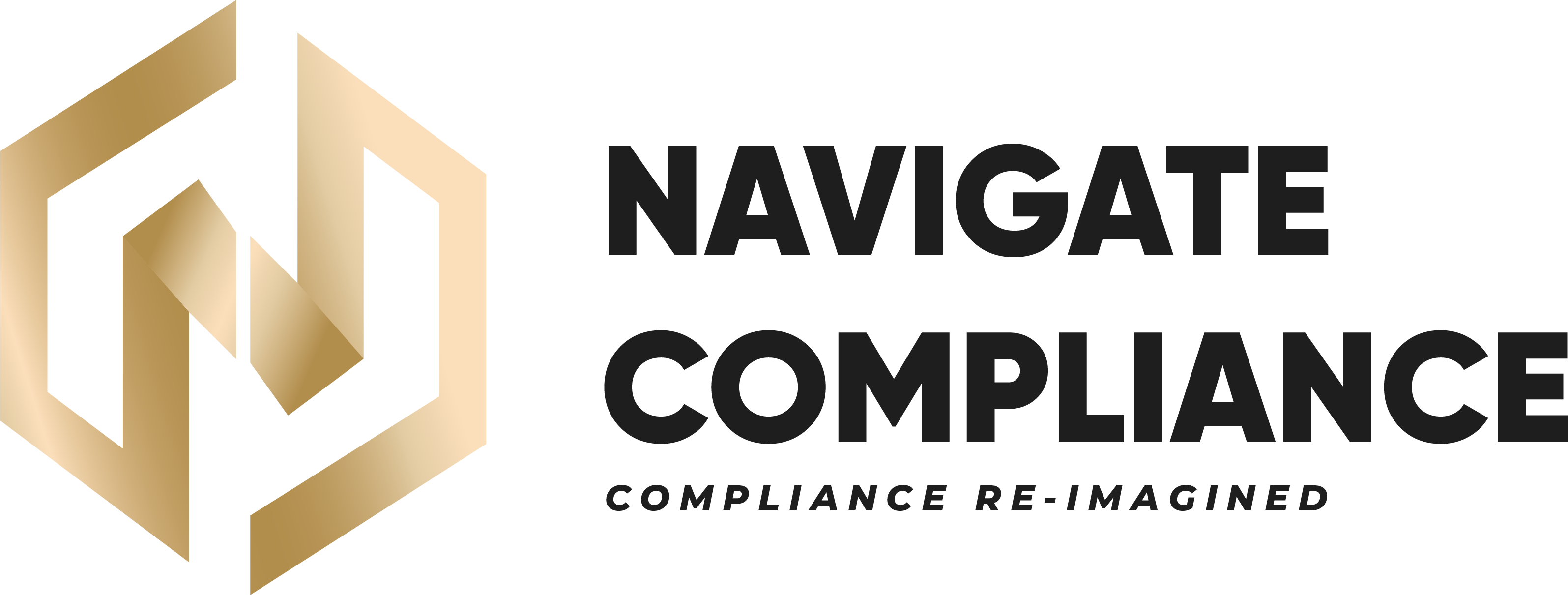Combatting Ransomware Financing
In recent years, ransomware attacks have emerged as a significant threat to organizations of all sizes, from small businesses to large corporations. These malicious attacks involve hackers encrypting a victim’s data and demanding a ransom payment in exchange for restoring access. While the technical aspects of ransomware attacks receive much attention, the financing mechanisms behind these cybercrimes are equally important to understand. In this blog post, we delve into the world of ransomware financing to shed light on the dark side of cybercrime.
The Anatomy of Ransomware Financing:
Payment Methods: Hackers often demand ransom payments in virtual currencies to evade detection and maintain anonymity. Virtual currencies provide a level of privacy and decentralization that traditional banking systems do not offer, making them a preferred choice for ransomware payments.
Ransom Amounts: The ransom amounts demanded by cybercriminals vary widely, ranging from a few hundred dollars to millions, depending on the target’s perceived value and the extent of the data encryption. Some ransomware groups have set up sophisticated payment negotiation processes to maximize their earnings.
Payment Infrastructure: Cybercriminals use sophisticated payment infrastructure, including cryptocurrency wallets, payment portals, and money laundering services, to facilitate ransom payments and cash out illicit proceeds. These infrastructures allow hackers to move and launder ransom funds without leaving a trace.
Ransomware-as-a-Service (RaaS): The rise of Ransomware-as-a-Service models has made ransomware attacks more accessible to aspiring cybercriminals. RaaS providers supply ransomware toolkits and platforms to affiliates, who execute attacks on their behalf in exchange for a cut of the ransom payments.
To combat ransomware financing, consider the following strategies:
Enhanced Cybersecurity Measures: Implement robust cybersecurity measures, such as regular software updates, endpoint protection, network segmentation, and employee training, to prevent ransomware attacks and strengthen overall resilience against cyber threats.
Backup and Recovery Strategies: Maintain regular data backups and implement reliable recovery mechanisms to mitigate the impact of ransomware attacks. Having secure backup copies of critical data can reduce the incentive to pay ransoms and facilitate faster recovery.
Law Enforcement Collaboration: Work closely with law enforcement agencies, cybersecurity experts, and industry partners to share threat intelligence, investigate ransomware incidents, and disrupt ransomware financing networks. Collaboration is key to combating cybercrime effectively.
Regulatory Compliance: Stay informed about data protection regulations and cybersecurity laws that govern ransomware incidents. Compliance with regulatory requirements can help organizations demonstrate accountability and minimize legal risks associated with ransomware attacks.
Efforts to Combat Ransomware Financing
The Financial Action Task Force (FATF) has published a comprehensive report titled “Countering Ransomware Financing.” This report delves into the methods employed by criminals to execute ransomware attacks, as well as the mechanisms for making and laundering ransom payments.
Here are 4 key points from the report:
- Global Scale of Ransomware Flows:
Ransomware attacks have witnessed a dramatic increase in recent years.Industry estimates reveal up to a fourfold rise in ransomware payments during 2020 and 2021 compared to 2019. New techniques have made attacks more profitable and likely to succeed.
- Methods and Trends:
Criminals predominantly use cryptocurrencies or virtual assets for ransom payments. They have easy access to virtual asset service providers worldwide. Jurisdictions with weak or non-existent anti-money laundering (AML) and combating the financing of terrorism (CFT) controls are a cause for concern.
- Actions to Disrupt Ransomware-Related Money Laundering:
Recognize the transnational nature of ransomware attacks.
Strengthen collaboration with other countries and international organizations.
Share threat intelligence and coordinate efforts to disrupt ransomware networks.
4. Risk Indicators:
Ransomware financing poses a significant threat to organizations worldwide, requiring a multifaceted approach to combat cybercrime effectively. By understanding the intricate mechanisms of ransomware financing, implementing robust cybersecurity defenses, backup strategies, collaboration efforts, and regulatory compliance measures, organizations can bolster their defenses and mitigate the risks associated with ransomware attacks. Together, let’s shine a light on the dark world of cybercrime and take proactive steps to safeguard against ransomware threats.
Download the FATF Report on Combatting Ransomware Financing
Countering Ransomware Financing (fatf-gafi.org)
Stay Vigilant, Stay Secure! 🔒🌐




